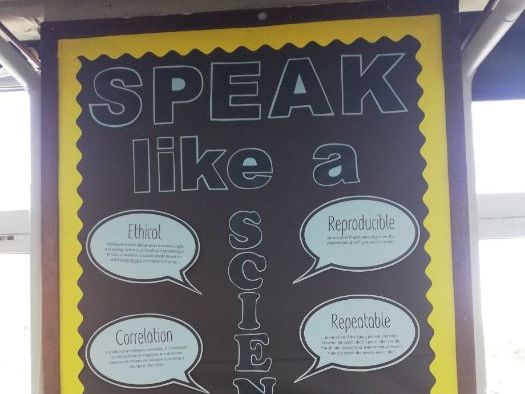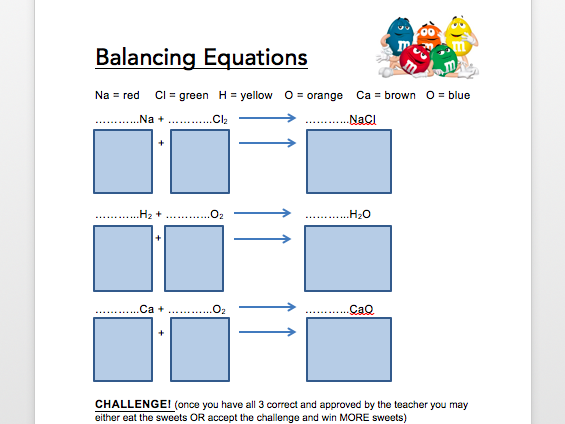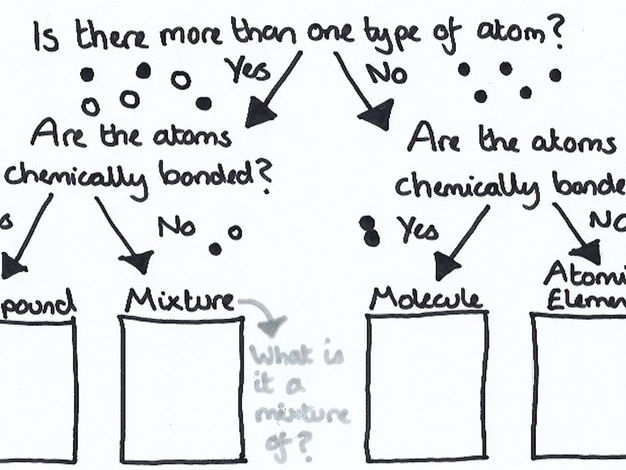51Uploads
74k+Views
53k+Downloads
Chemistry

Evolution of the Atmosphere GCSE Chemistry AQA
Whole lesson for AQA GCSE Chemistry/Combined Science on the evolution of the atmosphere.
Includes a PowerPoint presentation with all the information, starter activity, timeline activity, past exam questions with answers and a plenary activity. You may wish to print the slides for the timeline, which can be completed as a scavenger hunt style activity.
5.9.1 The composition and evolution of the Earth’s atmosphere

Hydrocarbons & Crude Oil GCSE Organic Chemistry AQA
A PowerPoint presentation for AQA GCSE Chemistry - Organic Chemistry, Hydrocarbons and crude oil.
Full lesson in a learning loop format.

Alkanes GCSE Organic Chemistry AQA
A PowerPoint presentation for teaching alkanes - GCSE Chemistry - Organic Chemistry, Alkanes
Full lesson in the learning loop format.

Combustion GCSE Organic Chemistry AQA complete and incomplete combustion
PowerPoint presentation for complete and incomplete combustion (burning fuels) GCSE Chemistry - Organic Chemistry, AQA
Full lesson using the learning loop format.

Cracking GCSE Organic Chemistry AQA
PowerPoint presentation on cracking for GCSE Chemistry - Organic Chemistry, AQA
Full lesson using the learning loop format.

Effect of Catalysts on Rate of Reaction AQA GCSE Chemistry
PowerPoint presentation on the effect of catalysts on rate of reaction for GCSE Chemistry AQA - Rate of Reaction
Full lesson in learning loop format.

Collision Theory and Surface Area GCSE Chemistry AQA Rate of Reactions
PowerPoint presentation on collision theory and surface area GCSE Chemistry - AQA Rate of Reactions
Full lesson using the learning loop format.

Science Display: Speak like a Scientist
Speak like a scientist display - science keywords and definitions

Properties of Alkanes GCSE Organic Chemistry AQA
PowerPoint presentation for teaching properties of alkanes for GCSE Chemistry - Organic Chemistry, AQA.
Full lesson in the learning loop format.

Extracting Copper GCSE AQA Chemistry
PowerPoint presentation about extracting copper for AQA GCSE Chemistry.
Full lesson in learning loop format.

Effect of Concentration on Rate of Reaction GCSE AQA Chemistry
PowerPoint presentation on the effect of concentration on rate of reaction for GCSE AQA Chemistry - Rate of Reaction
Full lesson using learning loop format.

Effect of Temperature on Rate of Reaction GCSE AQA Chemistry
PowerPoint presentation on the effect of temperature on rate of reaction for GCSE Chemistry - Rate of Reaction AQA
Full lesson using learning loop format.

Balancing Chemical Equations (with m&m's!)
Worksheet for balancing chemical equations. Used as a starter after a lesson on balancing equations. Pupils balance the equations using m&m's- they place the sweets in the blue boxes beneath the equations to visually represent each atom. Used about 3 share bags of m&m's with a class working in pairs. Delivered to a year 8 class but suitable for KS4 too.

Science Placemat
A science placemat to print in A3 and laminate. Stick a few down on tables or around the edge of the room so pupils can use them as a self-help resource. Includes naming common equipment, units, drawing graphs, designing experiment and other core skills for science at KS3/4.
Placemat is in Word format so feel free to edit it in any way you wish to suit your classes needs.
NOTE: check format before printing- format may be skewed if opening in different versions of word so check before printing, you may have to rearrange things slightly.

Make a Lava Lamp! -science home learning
Get hands on with science at home! Make your own lava lamp using resources you most likely already have at home, or you can easily purchase from a supermarket.
A fun activity that most primary and secondary students can engage with (ideally suited to KS2/KS3). Includes a list of resources, easy to follow method, scientific description of how it works, things to think about and questions to answer.
Please comment if you have any questions or feedback.

Element, compound or mixture? Flow chart
A flow chart for pupils to use to decide if something is an element (atomic or molecular), compound or mixture.
Useful to generate pupil discussion about what the difference is between elements, compounds and mixtures.
















